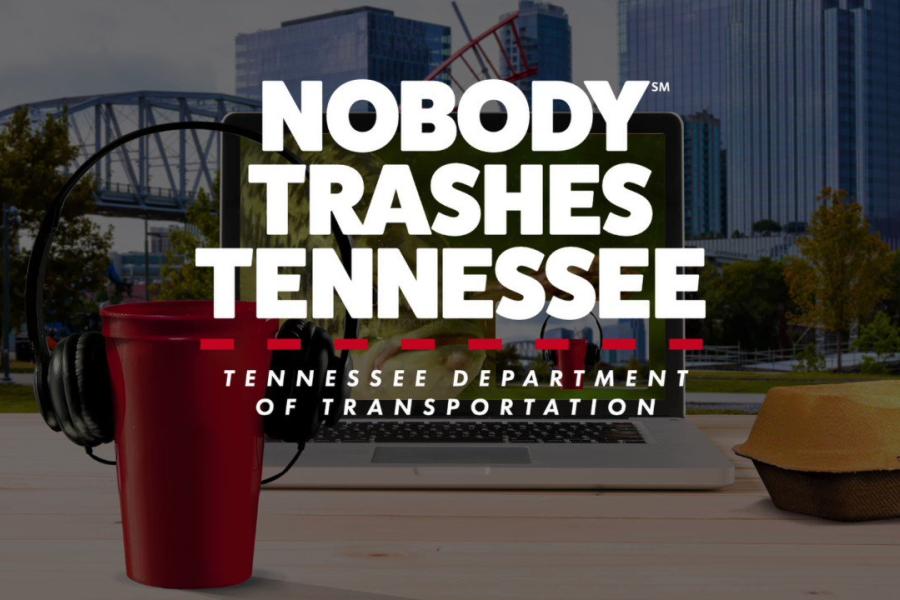TDOT, Keep TN Beautiful release litter study

The Tennessee Department of Transportation (TDOT) and Keep Tennessee Beautiful (KTNB) released data from its 2022 Tennessee Statewide Litter Study.
Engineering firm Burns & McDonnell conducted the study to provide a comprehensive understanding of quantity, composition, and sources of litter along the state’s public roadways. The 2022 study is a follow-up from studies conducted in 2016 and 2006, building on TDOT’s data-driven research that offers insights for abatement strategies and resource allocation.
In addition to providing a detailed comparison to the 2016 study, the current research leverages results from the 2020 Keep America Beautiful Nationwide Litter Study to identify how litter has changed over time, determine the relationship between roadside litter and site characteristics, and assess the impact of nearby infrastructure and socioeconomic factors.
“The 2022 study is one of several research products that helps TDOT evaluate progress on litter abatement and make the most effective use of future litter prevention and cleanup resources,” said TDOT Transportation Supervisor, Denise Baker. “Overall, we learned that in the past six years, there has been a 12 percent reduction of litter on Tennessee roadways. While encouraging, there are still more than 88 million pieces of litter on public roads at any given time.”
The study’s methodology included the random selection of 120 roadway locations split equitably among the following four roadway classifications in both urban and rural areas of Tennessee: Interstate, U.S. Highway, State Highway, and Local Roads. The sampling plan included designated litter hot spots in the cities of Memphis, Nashville, Knoxville, and Chattanooga, as well as at-risk and distressed locations.
- 88.5 million pieces of litter exist on Tennessee roadsides at any given time, down from 100 million in 2016.
- U.S. Highways had the lowest litter-per-mile (7,386 litter items per mile) however, local roads account for the most road miles (82,538 miles) in the state. In aggregate, local roads had the highest percentage (80%) of total litter items by roadway type.
- Most of the litter on Tennessee roadways is smaller than four inches. An estimated 679.7 million pieces, or 88 percent, items of litter were 4 inches or smaller in size; however, there is still a significant quantity (88.5 million pieces or 12%) of larger, and often more visible, litter on Tennessee roadways.
- Intentional litter increased by about 18 percent due, in part, to changes in product packaging and classification differences between the 2016 study and the 2022 study.
- The number of cigarette butts observed per site decreased for Interstate and U.S. Highway roadway classifications.
- Plastic and paper items compose most litter items.
- Motorists were determined to be the leading sources of litter on Tennessee roadways.
To review the full report including methodology, litter prevalence and composition, litter heatmap, key findings, and litter abatement strategies, visit: https://nobodytrashestennessee.com/wp-content/uploads/2023/02/KTNB_Statewide_Litter_Study_2-16-2023.pdf

